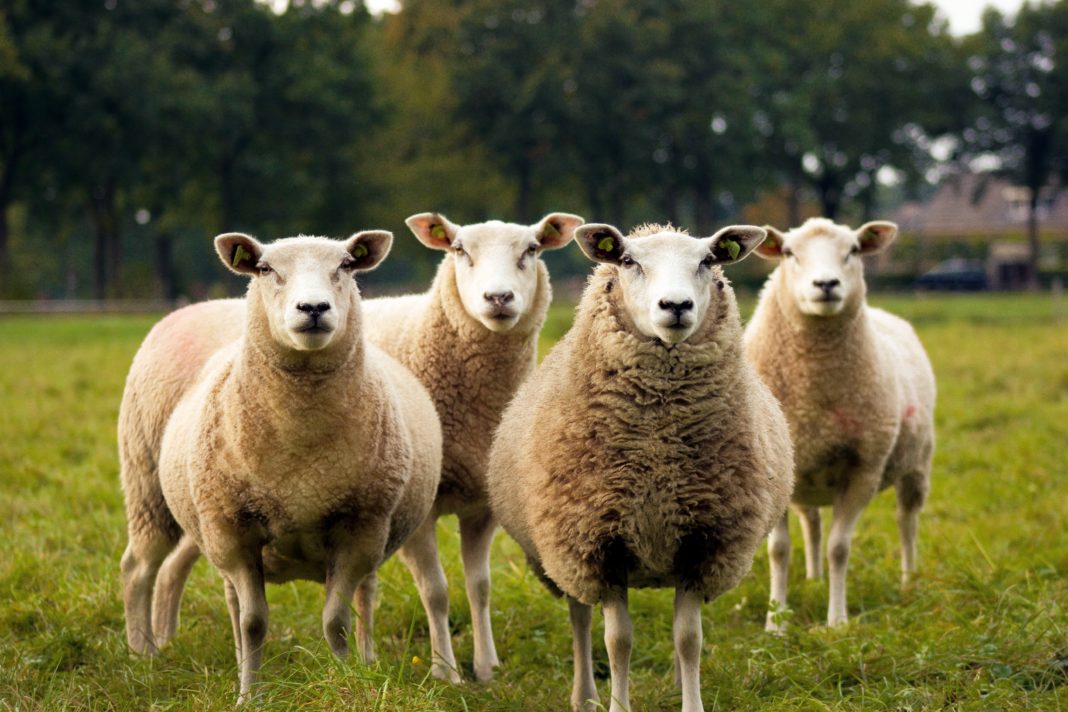Genetic engineering, the pioneering science of our age.
For those who don’t know, genetic engineering is the process of using recombinant DNA to alter the genes of an organism, or in Google’s own words: ‘the direct manipulation of an organism’s genes using biotechnology.’ Something that once seemed impossible is now our reality; it’s really amazing how many technological advances scientists have made over the last 100 years. Genetic engineering is an amazing thing – it can allow us to cure debilitating diseases; let us create indestructible crops that agree with the environment; or even create a race of superhumans.
A particular field of Genetic Engineering that is pioneering the way for the rest of the world is the CRISPR technique. Renowned by scientists all over the world, CRISPR is where they take the immune system’s T-cells that the body uses to battle cancer, modify them in a lab, and then introduce the edited T-cells to the patient. The aim of this is to trick the cancer cells and stop them from destroying the immune system.
This area of genetic engineering is rather controversial. There was one particular scandal earlier this year when a Chinese doctor used CRISPR to edit the genes of twin girls when they were still embryos to prevent the transmission of HIV from their HIV-positive parent. In the world, there are currently several studies set to begin soon targeting a variety of diseases, not just cancer.
“2021 is the year when the training wheels come off and the world gets to see what CRISPR can really do for the world in the most positive sense,” said gene-editing specialist Fyodor Urnov, from the Altius Institute for Biomedical Sciences in Seattle and the University of California at Berkeley.
The seeds of genetic modification (GM) were planted in the 1860s by a scientist named Johann Friedrich Miescher. He identified the molecule now known as DNA, but genetic engineering based on recombination dates back to 1973, where it was first pioneered in 1973 by the American biochemists Stanley Cohen and Herbert Boyer. They were some of the first scientists to cut DNA into fragments, rejoin the different fragments, and insert the new genes into E.Coli bacteria which then reproduced the genetically varied organisms. Their experiments were a major breakthrough in the field of genetic engineering, as they developed techniques that formed the basis of recombinant DNA technology and helped the biotechnology industry come to light. Together with Boyer, Cohen showed that it was possible to transplant DNA segments from a frog into a strain of Escherichia coli (E. coli) using pSC101, a genetically modified plasmid, as the vector. They demonstrated that the gene for frog ribosomal RNA could be transferred into bacterial cells and expressed by them. Their groundbreaking work was acknowledged around the world (they received the Nobel Prize for Chemistry and were also awarded the Albany Prize) and paved the way for many aspiring scientists in the years to come.
Another amazing GM story that made headlines around the world was Dolly the sheep. Dolly was cloned in July 1996 by the scientist Ian Wilmut. Dolly was part of a series of experiments at The Roslin Institute; scientists at Roslin wanted to learn more about how cells change during development and whether a specialised cell, such as a skin or brain cell, could be used to make a whole new animal. Dolly was cloned from a cell taken from the mammary gland of a six-year-old Finn Dorset sheep and an egg cell taken from a Scottish Blackface sheep. She was born on 5th July 1996. Dolly was important because she was the first mammal to be cloned from an adult cell. Her birth proved that specialised cells could be used to create an exact copy of the animal they came from. This knowledge changed what scientists thought was possible and opened up a lot of possibilities in biology and medicine, including the development of personalised stem cells known as iPS cells. Although this sounds amazing, there were some devastating side effects on Dolly. Due to being cloned from an older sheep scientists thought that she was actually older than her age, and this proved true when she developed arthritis and died prematurely at 6 years old – whilst the average lifespan of a sheep is 10-12yrs.
However, Dolly was not the first mammal to ever be cloned. That honour belongs to another sheep which was cloned from an embryo cell and born in 1984 in Cambridge, UK. What made Dolly so special was that she had been made from an adult cell, which no one at the time thought possible.
Another prominent branch of genetic modification is food. GM food is food derived from organisms whose genetic material has been modified in a way that doesn’t occur naturally.

Although GM food has benefits such as longer shelf life, less pesticides, quicker growth, less disease prone and and are cheaper to stock, it also has many downsides. For example, allergic reactions, cancer, loss of nutrition and antibiotic resistance are possible outcomes.
Now you’ve briefly skimmed over the meaning of genetic engineering, what do you think about it? Harmful or helpful? Let us know in the comments below.
By Grace Warrior

